- News
- Reviews
- Bikes
- Accessories
- Accessories - misc
- Computer mounts
- Bags
- Bar ends
- Bike bags & cases
- Bottle cages
- Bottles
- Cameras
- Car racks
- Child seats
- Computers
- Glasses
- GPS units
- Helmets
- Lights - front
- Lights - rear
- Lights - sets
- Locks
- Mirrors
- Mudguards
- Racks
- Pumps & CO2 inflators
- Puncture kits
- Reflectives
- Smart watches
- Stands and racks
- Trailers
- Clothing
- Components
- Bar tape & grips
- Bottom brackets
- Brake & gear cables
- Brake & STI levers
- Brake pads & spares
- Brakes
- Cassettes & freewheels
- Chains
- Chainsets & chainrings
- Derailleurs - front
- Derailleurs - rear
- Forks
- Gear levers & shifters
- Groupsets
- Handlebars & extensions
- Headsets
- Hubs
- Inner tubes
- Pedals
- Quick releases & skewers
- Saddles
- Seatposts
- Stems
- Wheels
- Tyres
- Health, fitness and nutrition
- Tools and workshop
- Miscellaneous
- Tubeless valves
- Buyers Guides
- Features
- Forum
- Recommends
- Podcast
 7 benefits of indoor cycling Nov 2023
7 benefits of indoor cycling Nov 2023The benefits of indoor cycling and how it can deliver effective, efficient fitness results
Love it or hate it, indoor cycling isn't just the less-good alternative to getting out on the road. It's a valuable form of exercise in its own right, with the potential to significantly enhance your fitness when used effectively.
While effective training is primarily about what you do and not where you do it, indoor cycling can offer a safe, time-efficient, and controllable way to achieve quick fitness progress, particularly if you use one of the best heart rate monitors or power meters to focus your efforts.
If you're still not sold, here's just over half a dozen reasons to give indoor training a try...
1. It's time-efficient
Indoor training can be more time-efficient than outdoor training as it eliminates many variables such as bad weather, traffic lights and the risk of punctures. Therefore, an hour ride will actually take an hour, or a minute or two's worth of faff either side rather than quite a few minutes!
It's also quicker to get ready, as you don't need to waste time deciding what to wear. If you're lucky enough to have a permanent or semi-permanent indoor training setup, then you can jump straight on and spend more time actually pedalling, minimising the wasted time either side of a bike ride.
Some people say an hour on the smart trainer is time better spent than two hours on the road, with all the stops at traffic lights and freewheeling often involved (unless you live somewhere very flat, and quiet).
> How to get the most from your limited training time
Indoor cycling is also a practical solution for those who have children. Abandoning them and going off cycling many miles away is probably ill-advised (albeit sometimes quite tempting), but you can probably set up the indoor trainer in the next room and make sure they don't start WW3. If they do, simply pause your session.
2. Train like a pro
A turbo trainer or exercise/smart bike makes it easier to be very specific about your training compared to riding outside, allowing you to spend more time in key heart rate or power zones, with no time lost stopping at junctions, traffic lights or freewheeling down the hills.
Controlled and targeted training is one of the big benefits of riding indoors, and can often lead to training sessions being of better quality. There are loads of workout sessions available through apps such as Zwift, Rouvy and TrainerRoad to work on specific areas of your fitness, whether you're training for a season of crit races, ultra distance events or just to beat a personal record, or some mates.
Training with power is the gold standard for measuring your effort in cycling, and it’s not just for pros. Anyone can benefit from using power, especially time-crunched cyclists. Pretty much all smart trainers now have power meters built right into them, making them ideal training tools for ensuring you are getting a really good workout.
Once you know your FTP (functional threshold power) you can plan sessions at targeted power zones to really get the most out of your riding time, and really boost your fitness.
3. Sometimes, it's just safer and more convenient
> Best exercise bikes and smart bikes
If you want to go for a ride to clear your head, you can't beat the outdoors - but there are times when it's safer and more sensible to hit the indoor trainer, especially in adverse weather conditions like high winds, flooding, or ice and snow.
Given that it's dark when most of us finish our working day in the winter, if you don't fancy riding along dark country lanes, then riding on an indoor trainer can certainly feel like the safer and easier option. Probably because it is!
> 6 top tips to help you keep riding through the colder months
There are also no obstructions or hazards to navigate, and you won't encounter the potential risks associated with sharing the road with drivers. Indoor cycling ensures a controlled and secure environment for your workouts, so you can focus entirely on your training session rather than worrying about potential collisions.
You'll also find many professional riders avoiding horrendous weather during training to reduce the chances of illness. Getting cold and swallowing mucky road spray while pushing your body to the limit is a pretty good way of catching something you don't want!
4. It can supplement outdoor riding
> How to balance indoor and outdoor riding for maximum fitness gains
Indoor cycling is a year-round training option, regardless of gale-force winds or torrential rain. Most cyclists don't ride exclusively indoors, though, completing both indoor and outdoor training sessions over the course of a season.
Incorporating some high-intensity turbo sessions will complement your weekend endurance rides, and allow you to maintain fitness levels when outdoor conditions are unfavourable.
Indoor cycling serves as a valuable supplement to outdoor riding, as it brings a controlled and focused environment to the table, allowing you to target specific aspects of fitness.
While indoor training offers many benefits, it's important to emphasise the value of outdoor riding in enhancing bike handling skills and group riding experience. We'd recommend getting out on the road whenever you can, because ultimately that's what riding a bike is all about.
5. It's suitable for all fitness levels
Whether you're a pro or just beginning your fitness journey, indoor cycling is accessible to all levels. Even the best in the world can now challenge themselves on the turbo against both real life and virtual targets. You can even race indoors for real-life money on apps such as MyWhoosh!
On the other end of the scale, if it's your first time on a bike and you're worried about steep climbs, traffic or getting stuck a long way from home, then indoor training is an appealing way to get stronger and build your confidence on the bike before heading out.
Turbo trainers typically come with various resistance settings, enabling users to tailor workouts to their fitness levels. Furthermore, the availability of various cycling apps provides a wide range of routes to suit all abilities, whether you prefer short, flat rides or more challenging mountainous terrain.
6. It's cost-effective
> Essential money-saving tips for cyclists
Indoor cycling can be a cost-effective training solution, significantly reducing maintenance costs as you're not exposing your bike to harsh weather conditions. This can accelerate the wear and corrosion of certain bike components.
However meticulous you are with your cleaning, winter riding in much of the Northern Hemisphere isn't kind to your precious bike. Chains, cassettes, chainrings, bearings etc all wear and degrade at an increased rate. That's before we even mention the increased risk of punctures and writing off your tyres!
> How should you dress for winter cycling?
Investing in a turbo trainer and software subscription might seem like a hefty outlay, but in the case of the trainer, at least it should last you years and years.
Buying the appropriate clothing to get the most out of winter riding can also add to the expense of spending big days in the saddle during winter, so maybe it's time to rethink the value of an indoor trainer.
7. It can actually be more sociable
Contrary to popular belief, indoor cycling can be both sociable and fun. While the technology in smart trainers is impressive enough, it’s the software that is really responsible for their huge uptake in the last decade or so.
The likes of Zwift, Rouvy and TrainerRoad, to name just three, have helped to transform indoor cycling. These apps make indoor cycling and training legitimately fun rather than the purgatory of days of old, when trainers were 'dumb' and your only entertainment options would be the TV, if you were lucky enough to have one in your primitive pain cave.
With more and more virtual routes popping up, you can take part in races and organised group rides, letting you ride or race with friends without having to leave your house. These platforms also often include features for social interaction, such as chat rooms and leaderboards that allow you to chat with your mates, and other cyclists worldwide.
Are you an indoor cycling fan, or do you stick to outdoors through the winter, or mix it up with a bit of both? Let us know in the comments below.
Emily is our track and road racing specialist, having represented Great Britain at the World and European Track Championships. With a National Title up her sleeve, Emily has just completed her Master’s in Sports Psychology at Loughborough University where she raced for Elite Development Team, Loughborough Lightning.
Emily is our go-to for all things training and when not riding or racing bikes, you can find her online shopping or booking flights…the rest of the office is now considering painting their nails to see if that’s the secret to going fast…
Latest Comments
- AidanR 16 min 26 sec ago
That's my thinking too. Why would I be concerned about my visibility by night, but not by day?
- Rome73 19 min 5 sec ago
No, Lime pay the councils to operate in the borough, not the other way around. They will also pay for the infrastructure - how much will depend on...
- dh700 1 hour 41 min ago
If you believe the Dutch have solved this problem via construction, explain why their cyclist fatality rate remains so disturbingly high. They are...
- Rendel Harris 2 hours 5 min ago
The compulsory third-party insurance in NZ only covers personal injury; property damage requires extra insurance that isn't compulsory, so that's...
- don simon fbpe 2 hours 30 min ago
I'm not too sure where the dairy farms are in the valley.
- andystow 3 hours 26 min ago
This is the bike I used for my LEJoG last year. After that, it deserved a treat: new powder coat and new wheels after the Hunt wheels cracked at...
- Rendel Harris 9 hours 29 min ago
You did. But you also said "don't do things just because 'real cyclists' do them" which implies, well it doesn't so much as imply as much as state,...
- Cycle Happy 9 hours 51 min ago
I have the same light with the small Bluetooth remote to quickly switch modes. Overall, it's fantastic. My main gripe with it is when it reaches...
- Secret_squirrel 9 hours 52 min ago
Because the price points are so wide between 105 and DA.
- No Reply 10 hours 41 min ago
That's irrelevant. Why should the customer be forced to pay for all the sports that they dont watch? Why have to pay for football when I don't want...
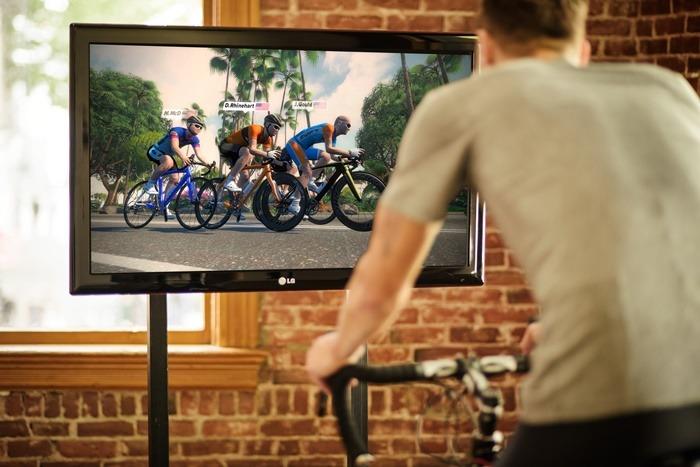
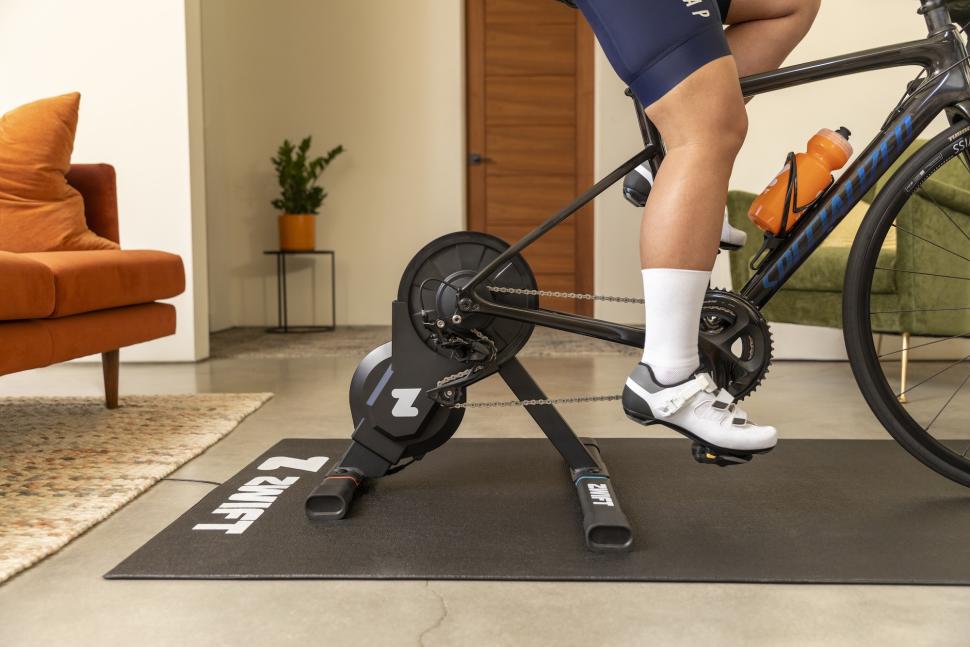
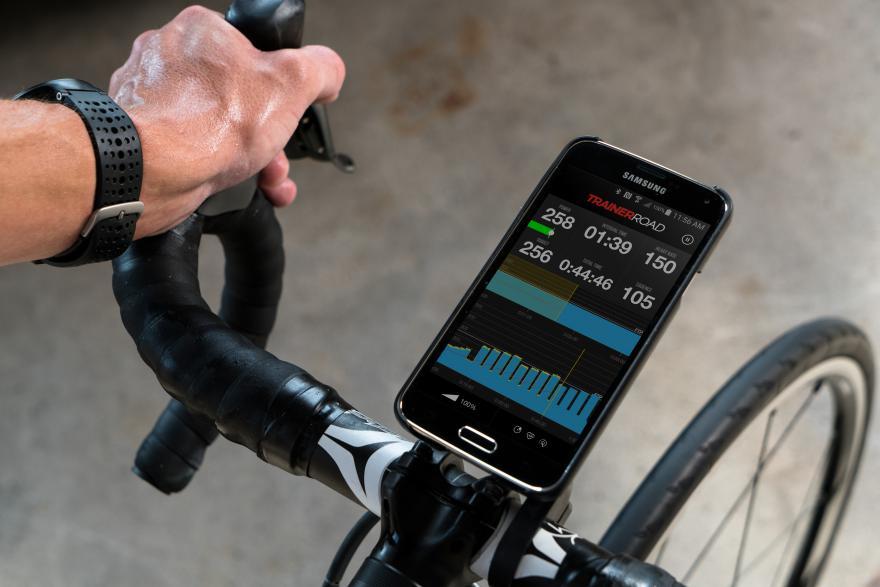

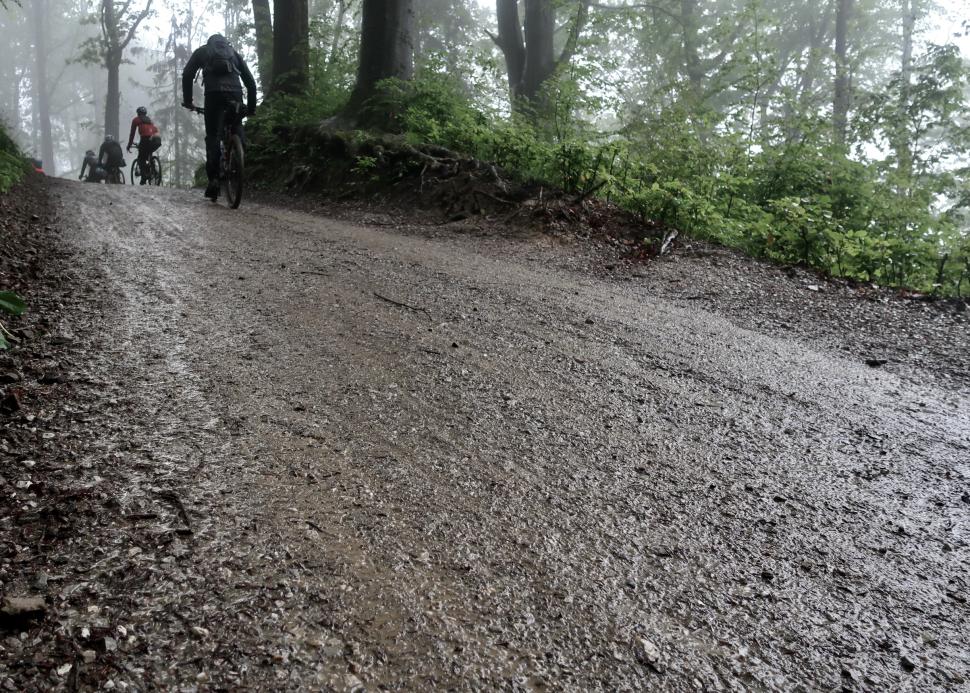
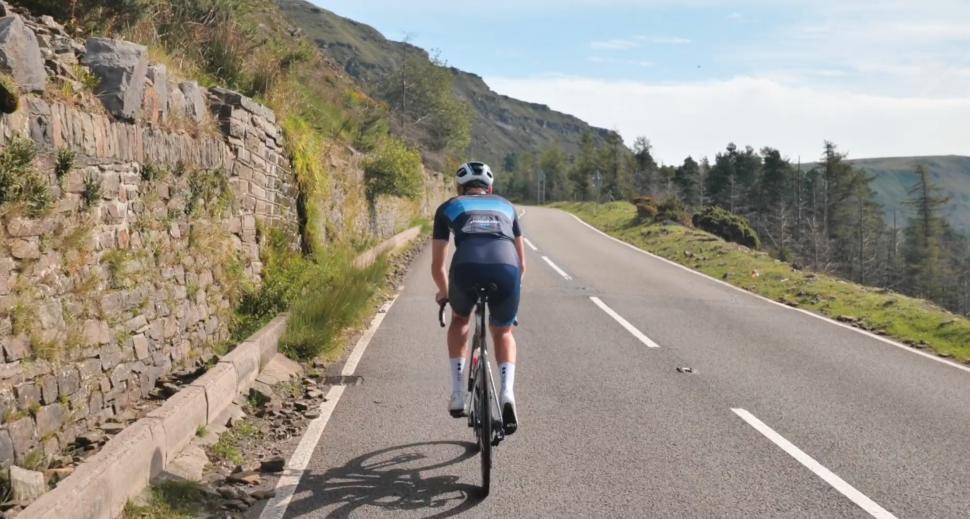



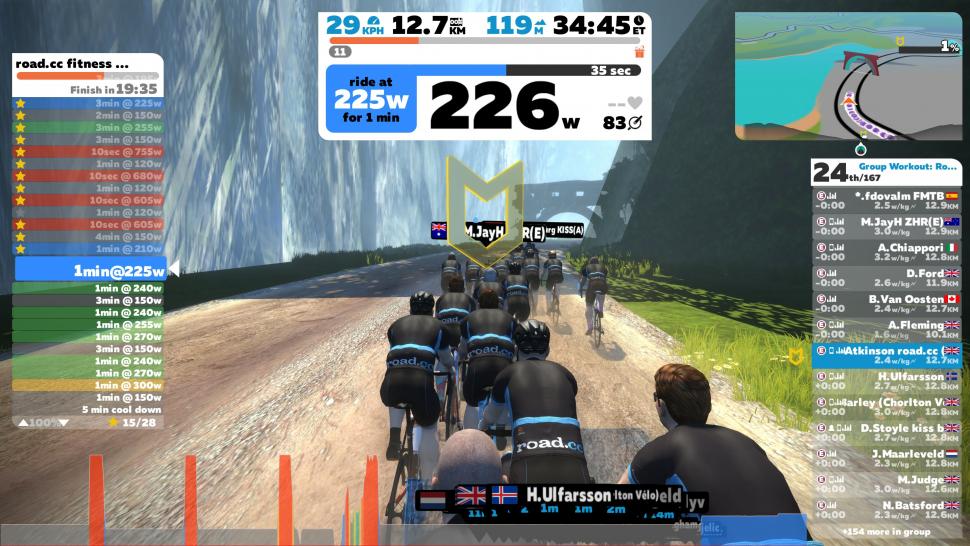
Add new comment
1 comments
I've had a turbo for 4-5 years now along with using Zwift. I'm not a massive user of the many different features, in fact most of the time I just float about with the various pac bots & get a solid 30-60 mins warming up with the slower ones moving to the faster ones every 5km or 10 mins a few times a week but this year the turbo proved completely invaluable to me.
I had a very bad skiing accident in March & basically blew my left femur to bits. After a wee helicopter trip off the slope & same day surgery in France & then a major refix 4 weeks later by the NHS here the surgeon said get on your turbo & literally just swing your legs back & forth as did both the physio's I seen both NHS & privately.
Just shy of 2 months later I managed my first proper ride on Zwift.. ie one in which I could actually turn my legs in a full circle, I'd spend countless hours just swinging the legs back & forth trying to get a full rotation. Just over 2 months I ventured out on the road bike.
Without the turbo I have no idea how long it might have taken, I used to love doing the tiny race features in Zwift, I managed to compete in one last week again for the 1st time.. I'm almost 57 so I never win but their great fun.
but their great fun.
So for me the thought beforing entering the pain cave never changes but it's worth every bit of sweat & swearing & I'm definitely in the indoor cycling postive camp.